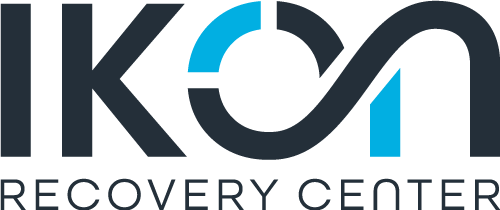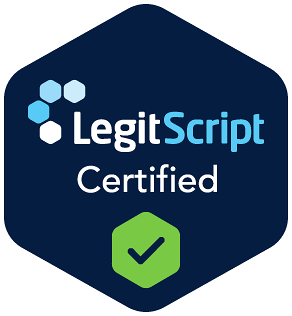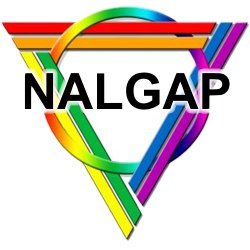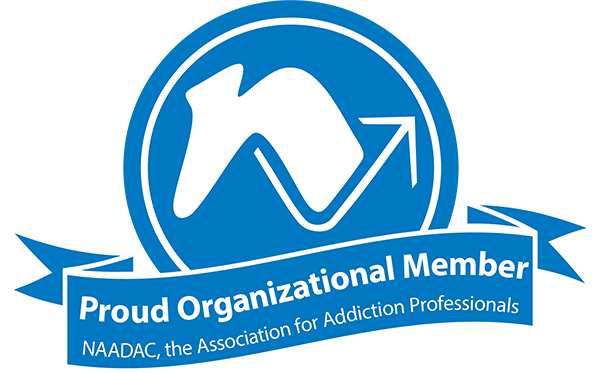Club drugs are popular among young people for making parties, nightclubs, and raves more exciting. Using this method increases euphoria, which is described as escaping into a different world, at least briefly. Reports from 2021 confirm that 8% of young adults reported using hallucinogens in the last year, the highest in decades since the data was first collected in 1988.[1]
It’s important to understand that club drugs come with serious risks and side effects that may affect both the people using them and the places where they’re most commonly used.
